
And now for something completely different… As headtorches go, the IKO CORE is guaranteed to raise eyebrows (forgive the Trumpian shouting: Petzl capitalise all their model names). In fact, it has attracted comment from almost every person that's seen it - what IS that?! Whilst lighting has improved significantly in recent years, most of this development has focussed on the technology within the torch itself: the LEDs, the brightness, the burn time. The elasticated strap, in comparison, has been something of a constant throughout these developments, changing a bit, but not a lot. Only a few rare examples have deviated from this design; however, none have deviated as far as the IKO. But is this a case of 'if it ain't broke, don't fix it' or a genuine design innovation?
Intended Use/Functionality
When it comes to use, the IKO's light, stable and comfortable feel makes it an attractive option for both runners and hillwalkers alike. On the climbing side of things it's a little more specialist, because whilst it does fit all Petzl helmets, it only just fits, and doesn't necessarily fit other brands - hence probably wouldn't be the number one choice for mountaineers. That said, for those heading out at night bouldering it would still be a worthwhile option, not least because of its light, low-profile fit.
Brightness and Burn Time
The IKO features three settings: Max Power (500 lumens), Standard (100 lumens) and Max Burn Time (6 lumens). Each of these have been independently ratified against the ANSI-FL1 STANDARD testing, so should bear scrutiny compared to other torches. Unlike the SWIFT RL, which I reviewed back in September, it doesn't feature Reactive Lighting - hence whatever setting the IKO is on, it's on. There's no subtle adjustments based upon where you're looking: if it's on max, it's on max. Some will favour this, others won't, but I must admit that having used the SWIFT RL for several months now, I have missed the Reactive Lighting - if only because of the number of times I've blinded myself looking at a map.
While Petzl claim that the IKO has two different beam patterns, flood or mixed, this seems a little misleading: from what we can make out, low output is set to flood only, while in Standard and Max modes the torch combines an element of both flood and spot-lighting together: you don't get to choose one or the other.
At 500 lumens, the IKO's brightest setting is indeed bright and features an even, broad and pale beam courtesy of its multiple LEDs. As well as shining far, the breadth of the beam extends so that you've got plenty of peripheral vision down towards your feet and out towards the sides. When it comes to the distance of the beam, I always find the figures quoted to be difficult to quantify in reality, as varying conditions - rain, drizzle and mist - have a huge impact, but in good conditions Petzl suggest the IKO has a range of 100m, which sounds about right. At Max Power the IKO's battery will last 2hrs 30mins, after which it will automatically go down to 6 lumens (rather than simply turning off altogether).
The Standard setting comes in at 100 lumens, with a burn time of 9hrs and a quoted (ie. ideal) distance of 45m. Personally speaking, I find 100 lumens a little low for 'on the hill' use, especially if you're running or trying to navigate. It's fine if you've got your head down and you're walking uphill, or if you're using it more casually around a campsite or to get back to your house after parking your car in the street, but for more technical use it lacks firepower.
Finally, the Max Burn Time setting with its minimalist 6 lumens, 100hr burn time and 10m distance isn't a setting you'll likely be using a great deal, as it is extremely low in terms of the level of light it provides.
Batteries and Charging
The IKO features Petzl's well established rechargeable CORE battery, which will be familiar to many out there. It's got a good track record and works well throughout a range of temperatures. I've had an ACTIK CORE since they were first released and my original battery is still going strong. They're quick and easy to charge in around 3hrs, which is - in the grand scheme of things - pretty rapid; however, due to their minimalist size they only offer a limited battery life compared to the larger battery featured in the SWIFT RL. As always it's a balance between size, weight and burn-time, but given the IKO's minimalist nature anything larger than a CORE would just seem strange.
One advantage for travelling, or indeed any time you're not in easy reach of a USB for charging the CORE, is that this torch can also be used with three standard AAA batteries. With standard batteries you get only 350 lumens at max output, rather than the 500 lumens available from the CORE.
Modes and Operation
It's worth talking about how you click between the modes. The IKO initially clicks on to its lowest (6lm) setting, then goes onto the middle (100lm) setting, then its highest (500lm), before clicking off. Some people prefer this system, others prefer a more cyclic system where it continues to rotate throughout the settings without turning itself off. For me either works, and you get used to whatever you work with, so it's no big hassle either way.
To lock the button you hold it down for a few seconds, whereupon a red light flashes. To reactivate just do the same and it'll come back on. The red light isn't actually to provide red lighting (more on that later), but an indication of battery life. When you turn the torch on/off, either a green or a red light will shine to indicate that you've either got >30% battery (green) or <30% battery (red). This helpful indicator has reminded me to charge the IKO on more than one occasion. Great though the IKO is at keeping a little in the tank, reverting as it does back to its lowest setting when the battery is running out, 6 lumens isn't much to get off the hill with, so it's an eventuality worth avoiding.
It's also worth mentioning that there isn't a red lighting mode on the IKO. In my recent SWIFT RL review I queried who'd actually use that, to be met with comments suggesting that a fair few people do. If this is you, then the lack of red lighting will be of interest. I'm still indifferent.
Size, Weight and Robustness
Whilst the IKO is indeed slender, it actually takes up a surprising amount of space to pack, as you've got to fold it all into its stuff sack. With a conventional headtorch you can just stuff it in and go, but with the IKO you've got to be a little more calculated, as the head and battery need to be clicked together, then the arms folded. This is a bit faffier, and the end result takes up more room than a traditional torch due to the more rigid nature of the frame. It's a torch that's better worn than carried.
Looking at its weight, the IKO is quite interesting, insofar as it feels a lot lighter on the head than it actually is. This has a lot to do with the way that the weight is distributed when it sits on your head. The actual weight difference between the IKO and the ACTIK is only 4g (and that's 4g in favour of the ACTIK). As such, the IKO doesn't present anything revolutionary in the way of weight saving.
When it comes to robustness it certainly doesn't feel quite as bombproof as a traditional headtorch, but so far we've failed to destroy it over several months of use. This includes stuffing it in a pack, having it chewed on by a child, and having headed out in some classically wet, British weather on the fells. Its IPX4 (weather-resistant) rating is confidence inspiring in heavy rain.
Straps and Head Tilt
The AIRFIT headband is certainly different to anything I've ever used before, sitting on top of the head rather than wrapping around it. As a result it feels very light, without the pressure points of an elasticated headband, and feels a little like you're wearing a tiara (or so I've been told…). You can tighten it courtesy of the elastic at the back, but it doesn't require much to stay put (in fact, it barely needs any). As such, it's worth being careful not to over tighten, because this doesn't really have a benefit - it just makes it a little less comfortable.
An issue that the AIRFIT design resolves is the amount you sweat in a conventional elastic band. Due to its low surface area, it feels much more bright and breezy than a traditional headtorch. In many ways I find it strange writing this, because of the fact that sweating through a headband wasn't really something I'd ever considered, but it's certainly something you notice once you've worn the IKO.
One drawback of the design is that it isn't ideal when fitting it onto a helmet. Whilst it does marry with the various Petzl models (Meteor + Sirocco), I would say that it only just fits, and requires a bit of pulling/pushing. With cold hands this would be far from ideal. On other makes of helmet the IKO is worse, with it just about fitting onto the Size 1 Black Diamond Capitan Helmet I tried, but coming nowhere close to fitting on a Size 2. In many ways this is a shame, because its low profile lamp and flood beam would be ideal for climbing, but as a result of this I can't see it being of quite as much interest to those who have an interest in big days out trad climbing or mountaineering, where benightment is either common or standard practise.
When it comes to tilt, the IKO has a wide range of movement up and down, although due to the wide beam it's unlikely you'll shift too much away from a fairly central, downward pointing angle, as that works for pretty much every occasion.
When not being worn the torch can be sat on a table, mounted to a tree or similar, or turned into a camping lantern with the addition of the stuff sack, giving you a few extra options in terms of use.
Summary
The IKO is certainly an innovation in terms of its fit, offering a light-feeling, balanced torch which sits securely on your head without need of the usual elastic strap, which also makes it far less sweaty. However, beyond this its lighting - and even its weight - it is very similar to Petzl's own ACTIK CORE, only at a much higher price (£76.50 vs. £58) and it doesn't fit quite as well (or as easily) on climbing helmets either. As such, the IKO is definitely a more specialist product which is likely to be of most interest for those who's primary needs are fit, comfort and feel. Whether or not that 'feel' is worth the extra price is something only you can decide once it's on your head.
Petzl say:
The rechargeable IKO CORE headlamp combines multiple technologies to offer 500 lumens at only 79 g. Featuring an AIRFIT headband, an ultra-thin lamp body and an energy source worn in the rear, the headlamp is balanced and comfortable enough to be imperceptible. The multiple LEDs are ideally distributed to provide uniform lighting, for optimal visual comfort. Thanks to its HYBRID CONCEPT design, IKO CORE comes with the CORE rechargeable battery and is also compatible with three AAA/LR03 batteries (not included). It is versatile: can also be worn around the neck, or transformed into a lantern, using the storage pouch. It can be flattened to reduce bulk, making it practical for all outdoor activities.
- Light output: 500 lumens (ANSI-FL1 STANDARD)
- Weight: 79 g
- Beam pattern: flood or mixed
- Energy: 1250 mAh CORE rechargeable battery (included)
- Charging time: 3 h
- Battery compatibility: alkaline, lithium or Ni-MH rechargeable
- Watertightness: IPX4 (weather-resistant)
For more info see petzl.com
IKO CORE - Lightweight rechargeable headlamp with multi-beam and AIRFIT headband. 500 lumens from Petzl Sport on Vimeo.



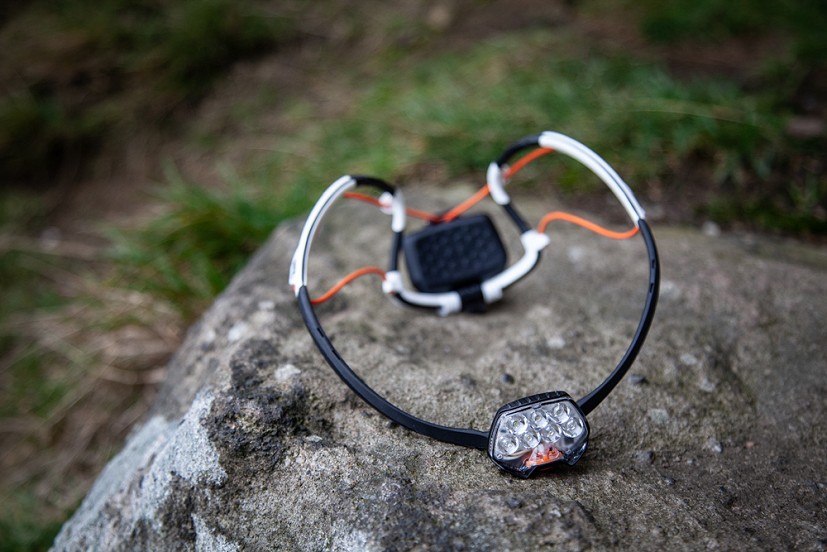
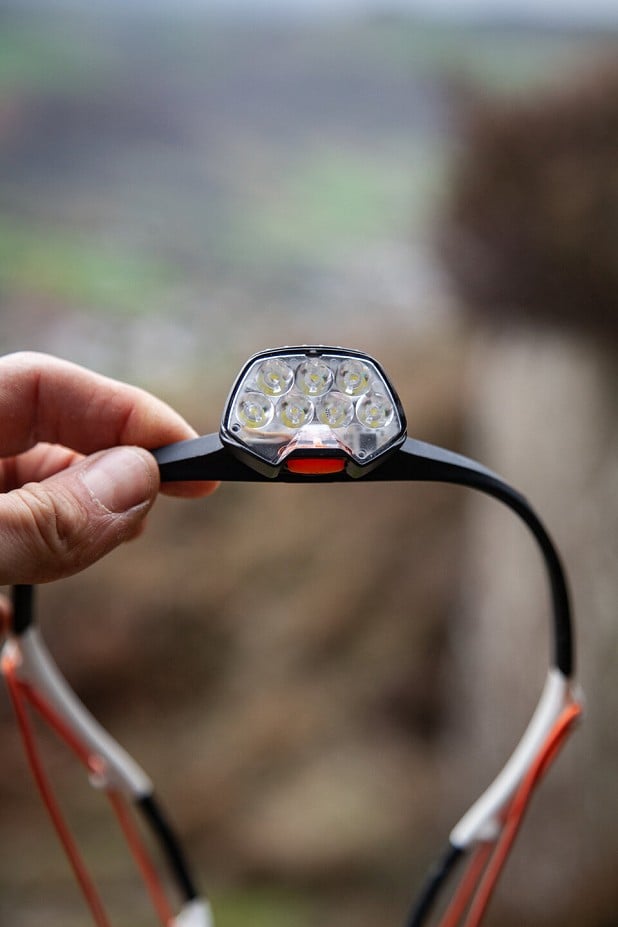
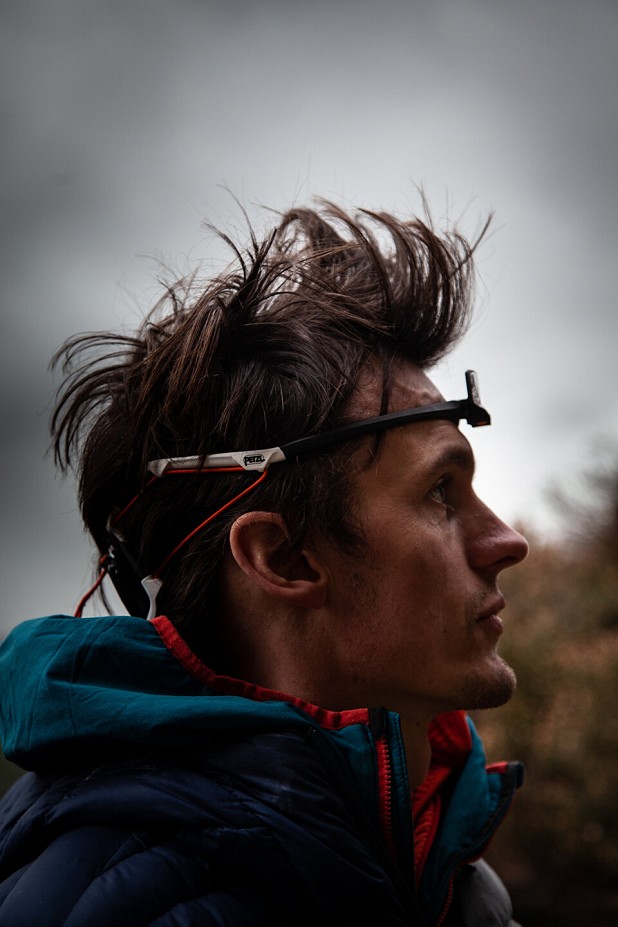
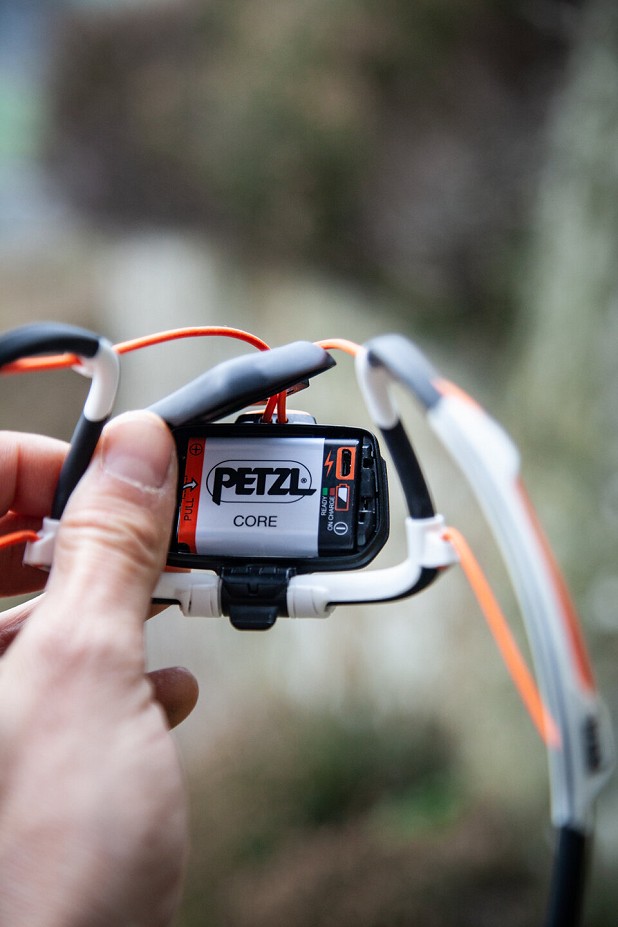

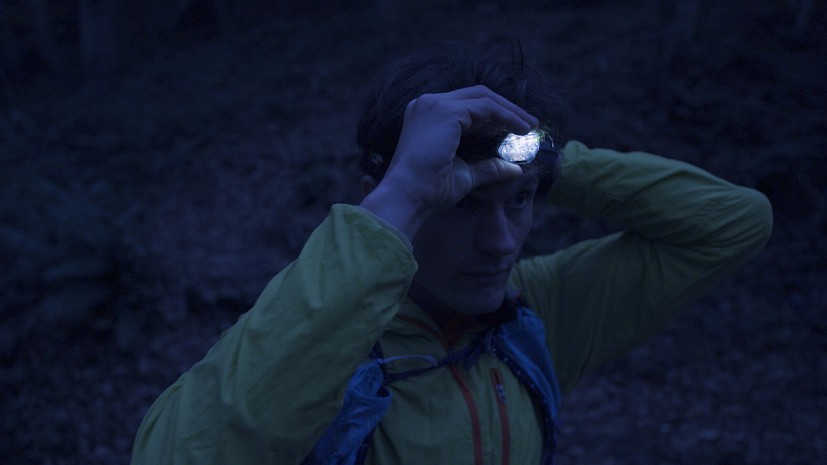
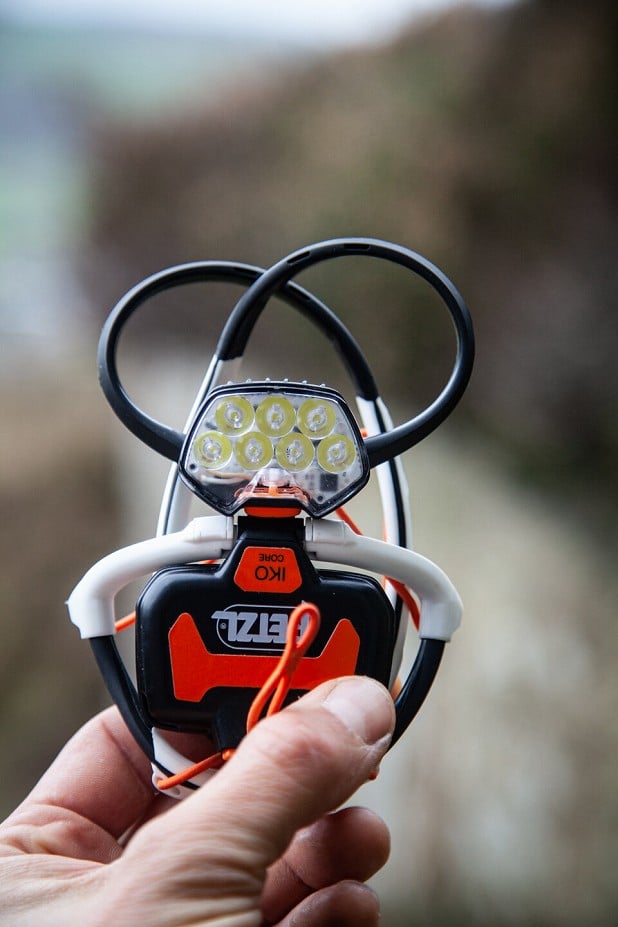
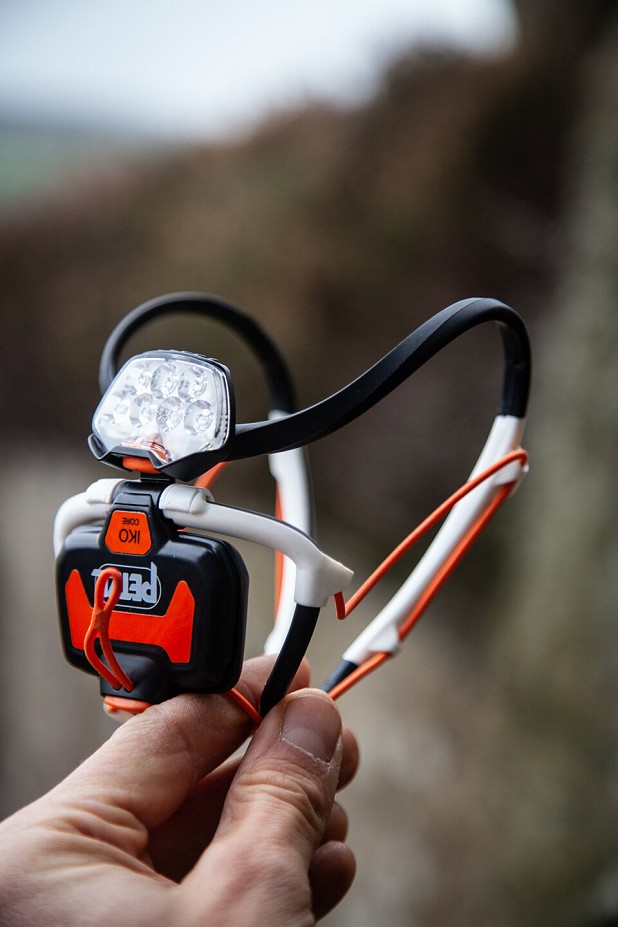
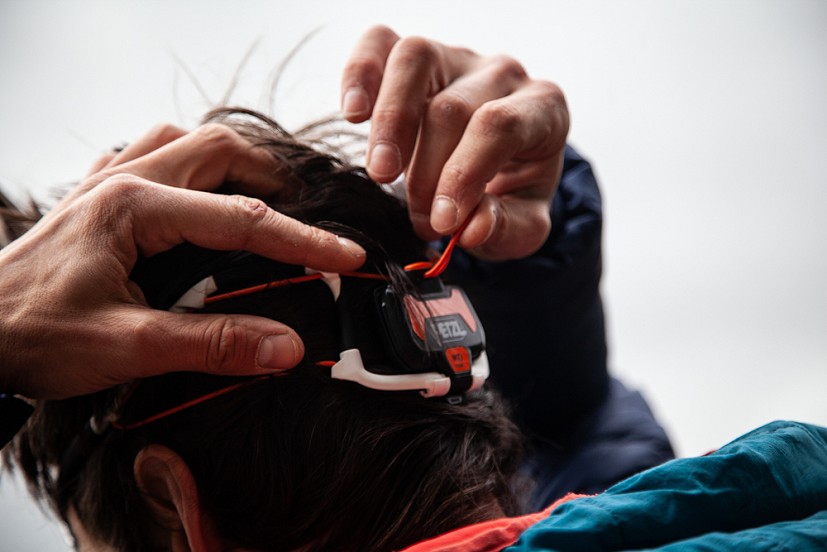
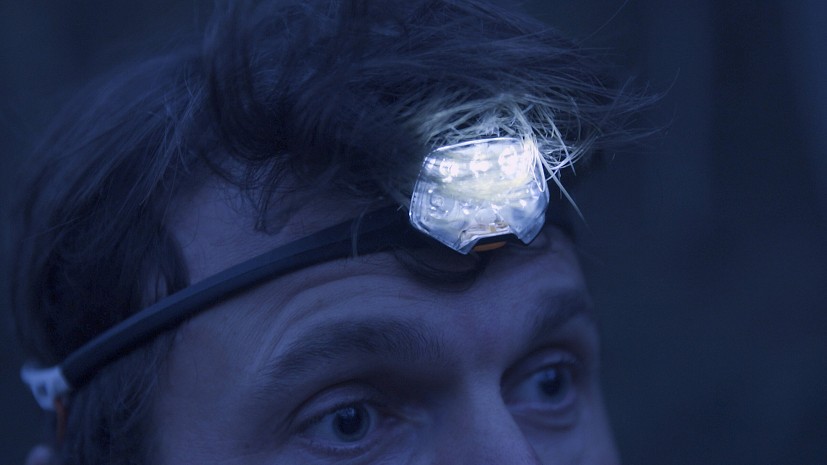

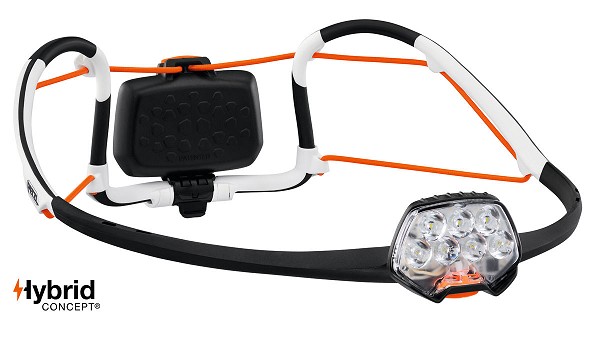



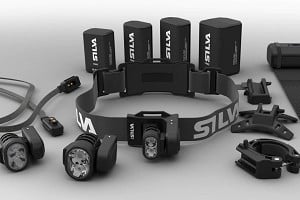
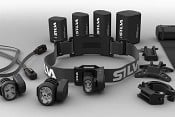
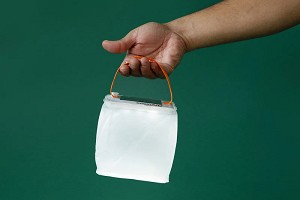

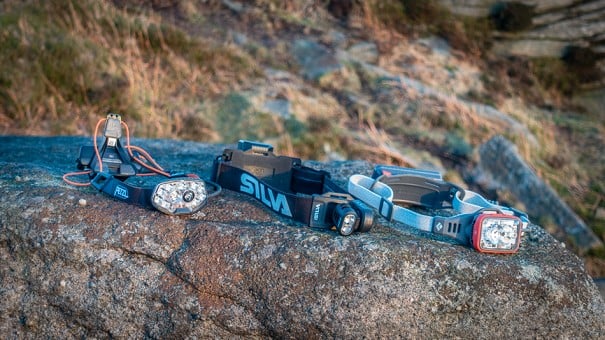






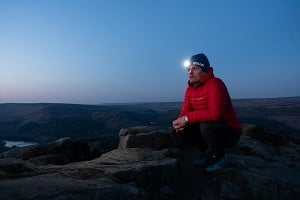




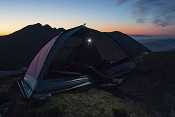

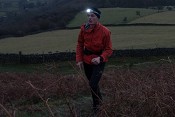

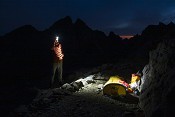


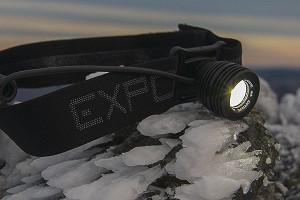
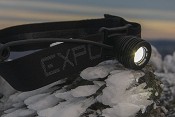






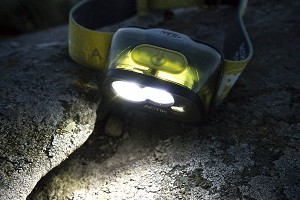
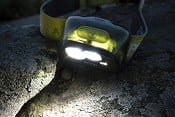


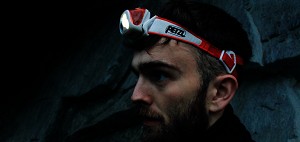

Comments
Would it be crazy to call this headtorch a PR move?
You get this with Apple Mac Pro wheels for £699, Mammut Nordwand jacket+trousers for £1100, hardshell/softshell mix jackets and similar. They catch your eye, make you look at it and think of the brand as either innovative or luxury. In this case, Petzl is definitely innovative and whenever you see it, makes you think of the brand.
Never had it myself and quite content with Actik Core, just been wondering what it's for since day 1.
I'd say it has more to it than that, as it does - at least in terms of feel - have a distinct benefit, which I can see being transferred and filtered into the rest of the range at some point. Whether or not this happens remains to be seen, but that'd be my guess. If not, I'd still argue that it's an attempt to push things forward in terms of design - hence isn't just PR (however it inadvertently achieves that as a byproduct).
I bought one for running and it’s been great. I’ve also used it for a single night time bouldering session.
Main benefit is the combination of lightweight and balance. I also have a Reaktik Core and a Tikka and the amount that they bounce around is noticeably more.
I noticed we got a vid review here for this one. I've been consuming much more of my climbing media lately via Epic TV as the vid format for meatheads like me is much easier. The only thing I don't like about Epic is they are selling the kit and the reviews might not be so critical.
Youtube and the vid format will attract more of the younger climbers, the vid stats on some of the regular shows seem to prove where things are going. I hope UKC will move more in this direction as most of the team here knock out some first class content.
Not everyone will be able to cross over from the written article to the vid but without blowing too smoke up your arse you're absolutely fine. Great review.
Thanks for the feedback, it's nice (and also quite reassuring) to hear, because what you have described is exactly what we were hoping for; furthermore, we have plans to roll them out further throughout 2021.
As you say, some people like reading reviews, others like watching them, so the ability to produce both is a benefit to everyone.